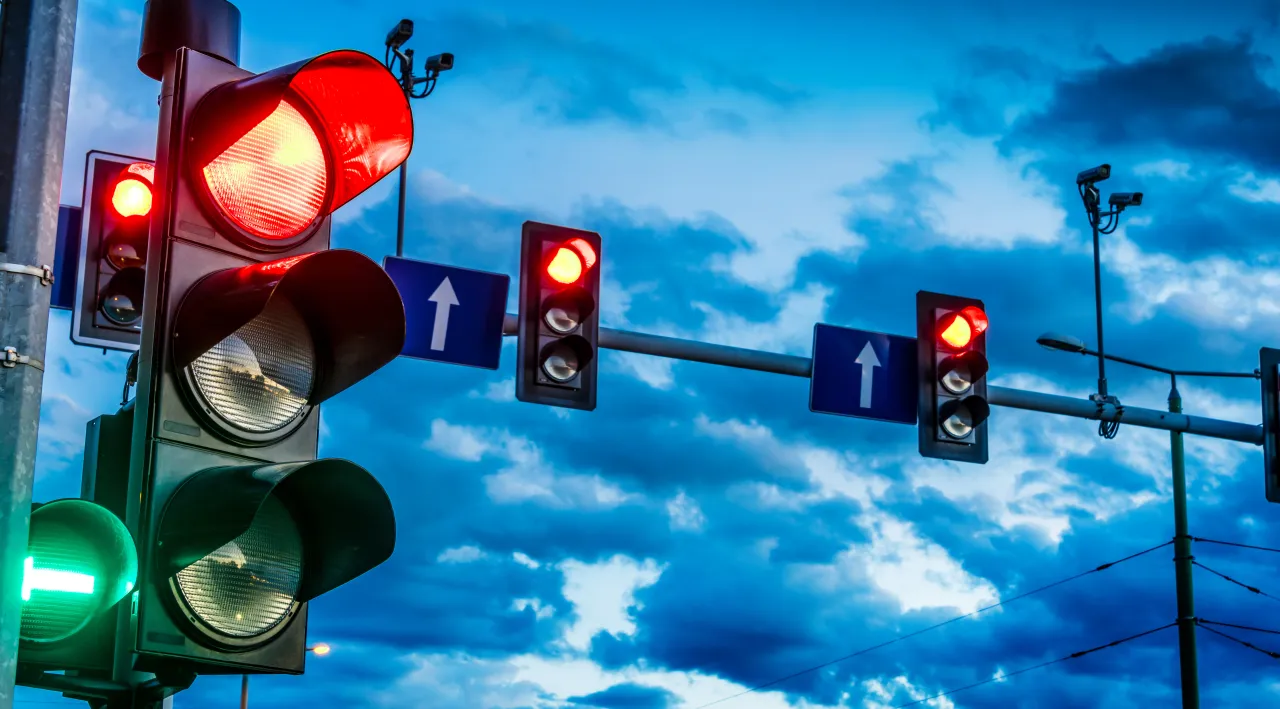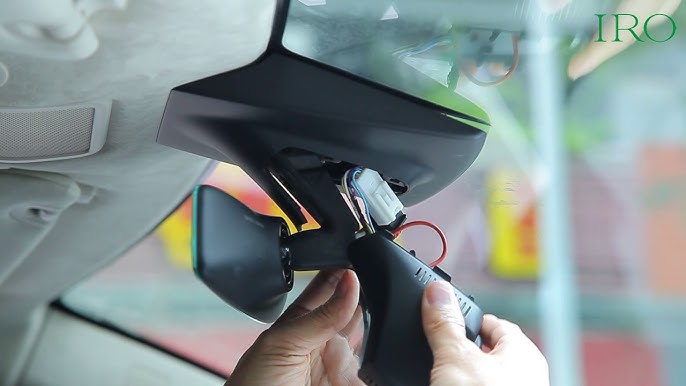MocobizsceneThe Michigan Republican presidential primary saw Donald Trump defeat Nikki Haley in an unexpected development. As he moves closer to securing his party’s nomination, this victory adds to Trump’s expanding list of victories.
Even while Ms. Haley didn’t present much of a challenge, Mr. Trump did poorly in the suburbs of Michigan, especially Detroit.
The battle began with Ms. Haley losing handily in her home state of South Carolina, where she had served two years as governor before Mr. Trump selected her to be the US ambassador to the UN.
During his triumphal address, Mr. Trump talked about his performance with pride.
He declared with confidence, “We will win Michigan, and with that, we will secure victory in the entire election.” He acknowledged the resolute support he received from auto workers, despite his prior criticisms of the leadership of the United Auto Workers during their strike and his appearance at a non-union event. We’re committed to reviving prosperity in Michigan and other parts of our wonderful country. I sincerely appreciate all of your kind support, and I thank you all very much. We never expected such a tremendous level of interest and turnout.
As Hamas continues to bombard Gaza, President Joe Biden wants to thwart the movement among Democrats to vote undecided in opposition to his support of Israel in this war.
In a statement, Ms. Haley’s campaign reaffirmed her intention to continue in the primary.
Spokesman Olivia Perez-Cubas reports that Joe Biden has lost about twenty percent of the Democratic vote thus far. This could be interpreted as a sign of his vulnerability in the November election. However, Donald Trump has suffered a greater loss, losing almost thirty-five percent of the vote. Perez-Cubas also emphasised the ongoing division, which she referred to as a “civil war,” within the Republican Party in Michigan.
In the campaign announcement, there was a clear warning indication for Trump over the impending elections in November. The letter claims that since taking office in 2016, Trump has lost several elections in Michigan, including those for the governor’s mansion, state Senate, and state House. The previously powerful and cohesive Michigan Republican Party is now split and dispersed, unable to uphold its reputation as a leader in the conservative movement.
The disarray among the Michigan Republican Party was brought to light by the Haley campaign. Two people were claiming to be the legitimate chairperson: former secretary of state candidate Kristina Karamo and former Republican congressman Pete Hoekstra. Karamo, who took over the role last year, insisted that she was still in charge, but Hoekstra was chosen to succeed her last month in a secret ballot.
A judge resolved the dispute on Tuesday night during the Michigan primary, finding that Mr. Hoekstra was, in fact, the legitimate chairman.
During his speech, Mr. Trump thanked Mr. Hoekstra, who had been the US ambassador to the Netherlands under his presidency. During the Civil War, he showed his support for Mr. Hoekstra by making this gesture. Some Republicans are worried that the internal division within the party will make it more difficult for them to take back control of the pivotal swing state in November.
As the first Republican presidential contender to win Michigan since George H.W. Bush in 1988, Mr. Trump made history in 2016. But Mr. Biden defeated him in the 2020 race for the state. Nevertheless, Democratic governor of Michigan Gretchen Whitmer was later elected; there is conjecture that Whitmer may eventually seek the presidency.
Democrats were able to take control of both chambers of the Michigan state government in 2022. The Supreme Court’s judgement in the Dobbs v. Jackson case, which reversed the historic Roe v. Wade decision, incited deep-seated resentment and dissatisfaction, which served as gasoline for this win. President Trump was eager to take credit for this contentious ruling, given that he had selected three justices to the Supreme Court.
Independents can take part in one party’s primary in Michigan thanks to the open primary system. Independents now have a chance to voice their dissatisfaction with the former president, who has been charged four times and impeached twice.
With the exception of Oakland County, Mr. Trump prevailed in almost every county throughout the election. Ms. Haley received one-third of the vote in this Detroit-area county, which is home to a sizable population of suburban, college-educated voters who did not support Mr. Trump. According to the study, Ms. Haley performed admirably in Washtenaw County, which is home to Ann Arbour; with 88 percent of the vote counted, she lost by just 9 percent.
But Ms. Haley’s next Super Tuesday will present a bigger obstacle. This is due to the fact that many states only allow registered Republicans to vote in closed primaries.
Citation Article





























